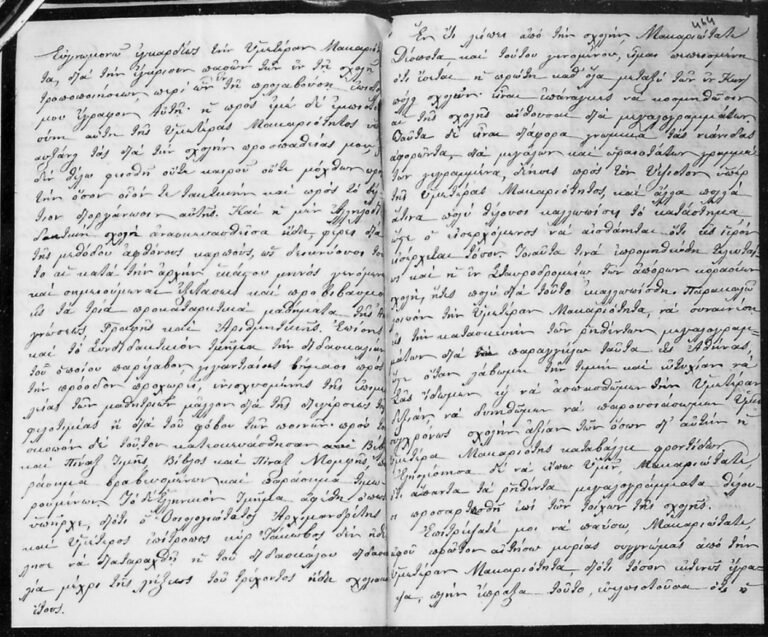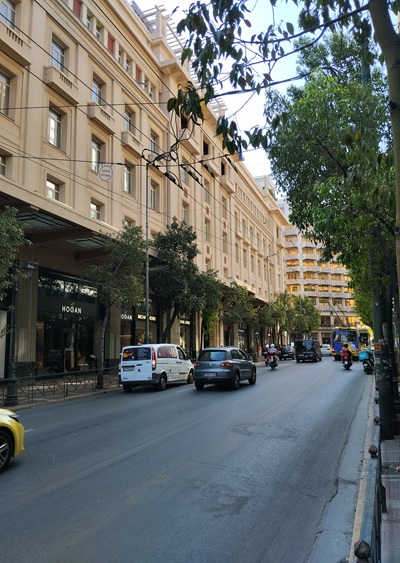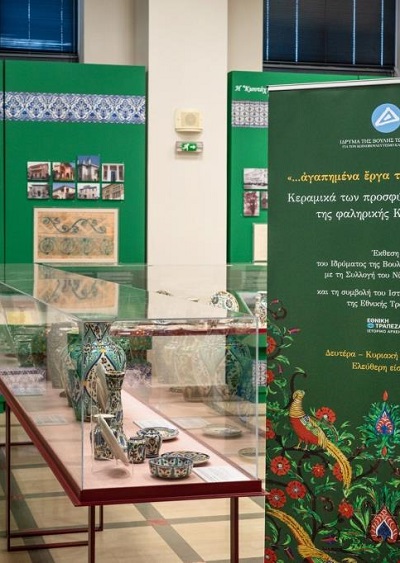
On the occasion of the proclamation of January 24 as International Education Day, we refer to the archive of the Patriarchate of Jerusalem, part of which is kept on microfilm in Historical & Paleographic Archive – National Bank of Greece Educational Foundation, and highlight the role of the Holy sepulchral Girls ‘ School in the education of Orthodox women in the Ottoman Empire in the second half of the 19th century
The “Korasiakon School” of the Patriarchate of Jerusalem in Phanar, better known as the Holy sepulchral School of girls in Constantinople, was founded in 1852 by Patriarch Kirill II of Jerusalem (1845-1872) and operated for almost half a century, until 1901. Its foundation is part of Cyril II’s effort to modernize the Patriarchate during the reform period (Tanzimat) with the decrees of Hutt-I Sherif of Gulkhaneh (1839) and Hutt-I Humayun (1856), as well as for the general upgrading of Greek education, not only in the areas of Cyril II’s jurisdiction, i.e. Palestine, but also more broadly in the Orthodox East, mainly through the establishment of educational and charitable institutions (Theological School of the cross, printing press, hospital, Mutual Schools). This policy of Cyril II, which he inherited from his predecessor Patriarch Athanasius V (1827-1845), aimed at creating a bulwark to the intense proselytizing activity of Roman Catholic and Protestant misionaries in the Orthodox East, particularly in Palestine (see below). Maria Litina, “The Girls’ School of the Patriarchate of Jerusalem in Constantinople [CA. 1852-1901]”, New Zion 90 [2006], 237-250).
We derive our information about the Girls ‘ School from the rich material of the archive of the Patriarchate of Jerusalem, which is microfilmed in the historical and Palaeographic archive of the Educational Foundation of the National Bank of Greece, specifically from the part of the incoming correspondence of the Metochion of the Holy Sepulchre in Constantinople with the Holy Sepulchre in the period 1827-1900 (see below). Agamemnon Tselikas, “recording of the archive of the Patriarchate of Jerusalem”, Bulletin of the historical and Palaeographic Archive 5 [1992]).
The Holy sepulchral Girls ‘ School was intended to contribute to the free education of the Orthodox female population in Constantinople, since until then there was only one school for girls, the parochial one, in the Stavromiou area, called The School of poor girls, founded in 1844, and two private ones, the Greek and Byzantine, founded in 1846 and 1847 respectively (see below). Katerina Dalakoura, the education of women in the Greek communities of the Ottoman Empire. Socialization in the models of patriarchy and nationalism (19th century-1922), documents-studies of the history of Modern Greek education 27, Athens 2008, p. 44–45).







Leave A Comment